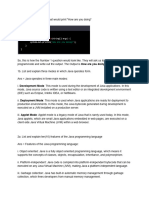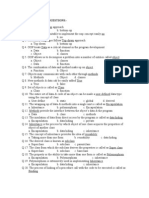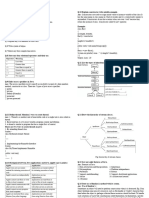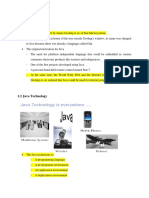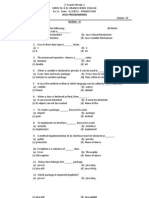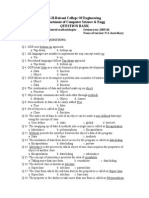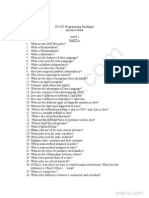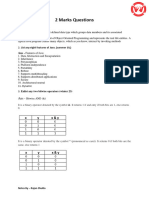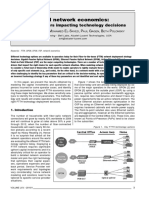0% found this document useful (0 votes)
24 views7 pagesSolutions To 2022 Java
The document contains solutions to various Java programming questions, including examples of single inheritance, string manipulation, polymorphism, and interface implementation. It also covers concepts like multithreading, applets, graphics, and file handling in Java. Each section provides code snippets and explanations for clarity.
Uploaded by
keswadmayurrCopyright
© © All Rights Reserved
We take content rights seriously. If you suspect this is your content, claim it here.
Available Formats
Download as PDF, TXT or read online on Scribd
0% found this document useful (0 votes)
24 views7 pagesSolutions To 2022 Java
The document contains solutions to various Java programming questions, including examples of single inheritance, string manipulation, polymorphism, and interface implementation. It also covers concepts like multithreading, applets, graphics, and file handling in Java. Each section provides code snippets and explanations for clarity.
Uploaded by
keswadmayurrCopyright
© © All Rights Reserved
We take content rights seriously. If you suspect this is your content, claim it here.
Available Formats
Download as PDF, TXT or read online on Scribd
/ 7












